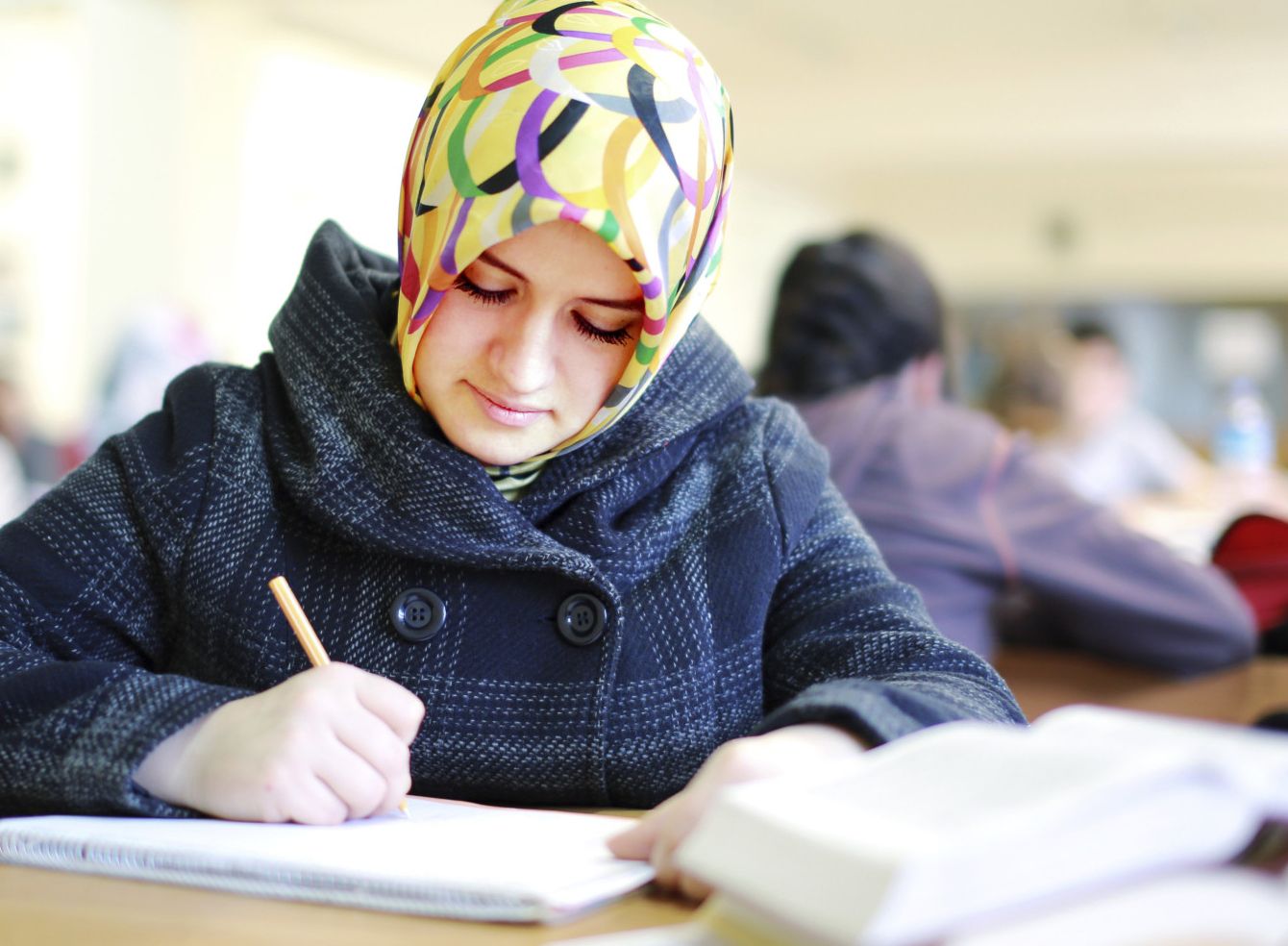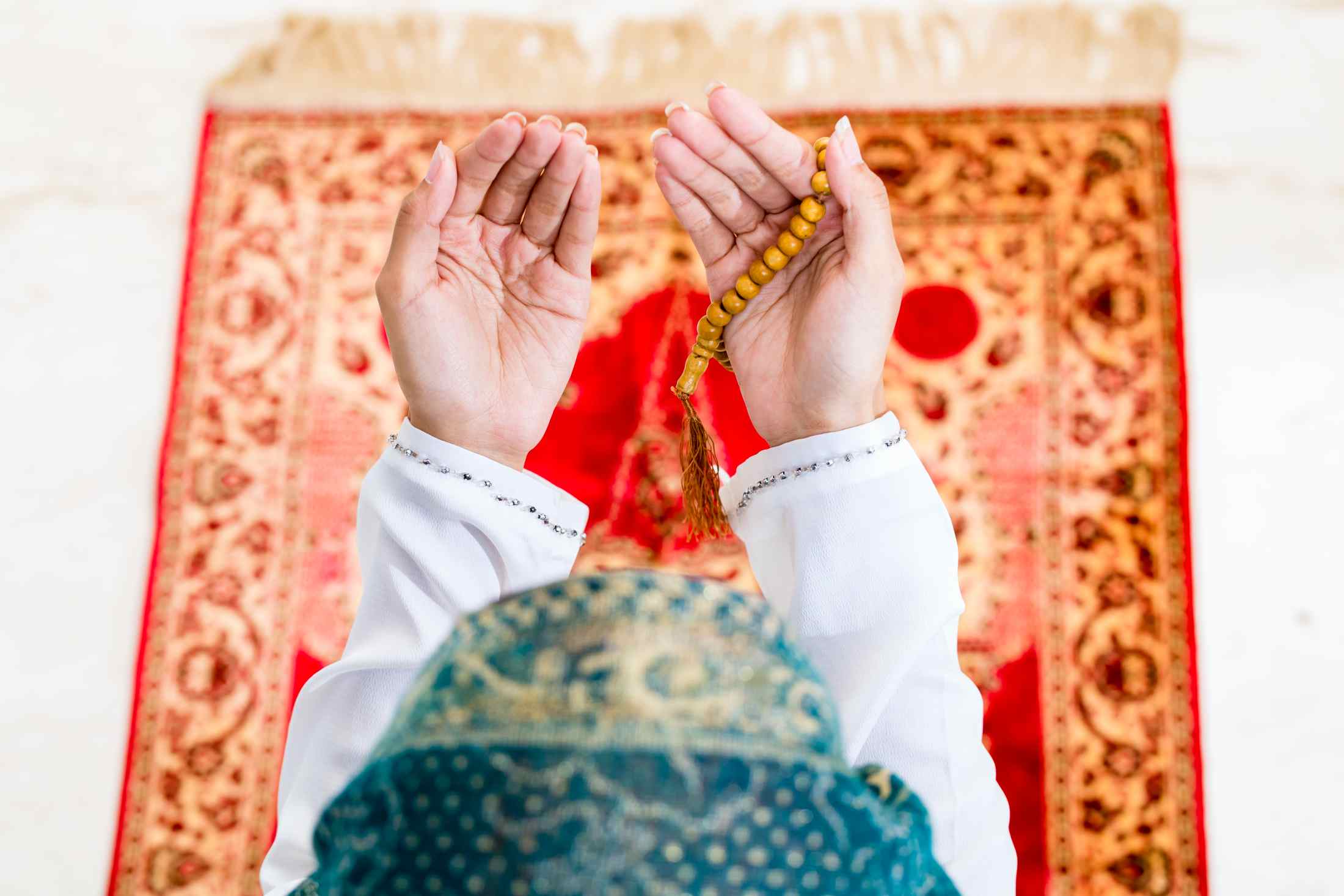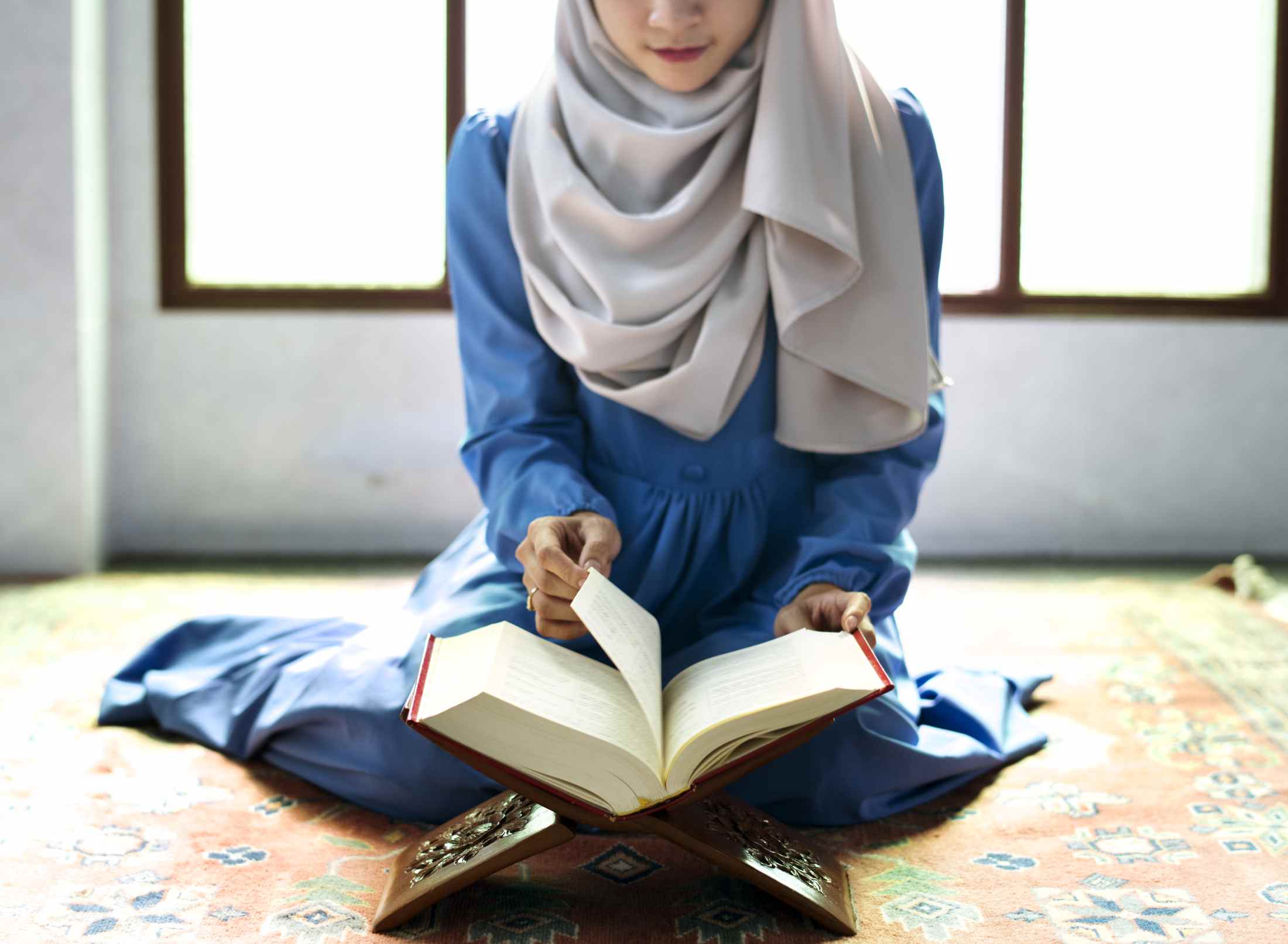During my postdoctoral research at the University of Heidelberg in 2009-2010, my wife was with me for few months. One day we saw an advert saying that a group of academics and students of the university would go on an excursion to see some historic castles in the mountains of the state of Baden-Württemberg (where Heidelberg is located).
We joined the group and it was an amazing two-day experience. There was an archaeologist with us to interpret the large fortified structures, which made the trip even more rewarding and fulfilling.
During the excursion, my wife made friends with some female German students who were extremely amiable and courteous. However, the fact that my wife wears hijab, speaks English with native fluency and pursues a medical career surprised one of them beyond words. She could not comprehend that a hijab-wearing Muslim woman from Malaysia can be a medical doctor. Her surprise surprised my wife and myself in equal measure.
This anecdote tells us about the extent of ignorance even among the educated people about Muslim women. Whether literate or illiterate, rich or poor, advanced or backward, Muslim women are invariably associated with a set of stereotypes that portray them as voiceless, completely covered and secluded from the outside world. In short, they are presumed to be protected beings who lead a cocooned life and only do house chores.
Where This Notion Comes from
Such notions are not a matter of the past or merely a remnant of Europe’s literary Orientalism. Many still believe that Muslim women are oppressed, disadvantaged and marginalised by their religion. They are thought to be in total seclusion from public spaces and have less access to the world outside their homes; hence, they are considered less emancipated, less empowered and more dependent on men than women of other communities.
One school of thought among Islamic theologians tend to believe in herding Muslim women into cocoons. They argue that Islam does not permit women to leave their houses except in rare cases, which reinforces the Orientalist notion of Muslim women’s archetypal seclusion. They refer to one Qur’anic verse (Al-Ahzab 33:33) to support their argument. A fragment of the verse reads: {And stay in your houses.}
A sheer isolated reading of the verse and overgeneralising its applicability are at the core of the contention. In inferring a ruling of women’s domestic seclusion from this verse, it is often forgotten that it exclusively addressed the wives of Prophet Muhammad. Therefore, the command is only for them, as the ruling for them was slightly different, perhaps because they were not allowed to remarry after the death of the Prophet. Any study suggests that Muslim women during the Prophet’s time went outside home, intermingled with men for practical purposes and even took part in the war.
Were Women Isolated during Prophet’s Time?
Egyptian writer ’Abd al-Halim Muhammad Abu Shuqqah (1924-1995) undertook a major research project of writing Prophet Muhammad’s biography. As he went on with his research, he reconsidered the focus of his study and instead produced a compendium of six volumes titled Tahrir al-Mar’a fi Asrir Risalah (liberation of women during the Prophetic time) after a 24-year rigorous investigation.
He argues that during the time of Prophet Muhammad, Muslim women had full access to material resources and were not deterred from meeting civic obligations.
Additionally, there are strong arguments to suggest that, as far as Islamic religious traditions are concerned, at least theologically, Muslim women cannot remain cocooned and confined to domestic enclosures. Islam sets certain obligations that need them to inevitably move out of the domestic space.
Hajj and Umrah
Firstly, hajj or the annual pilgrimage to Makkah that takes place every year during Dhul-Hijjah – the twelfth month of the Islamic lunar calendar – is one of the five main pillars of the Islamic faith. As verse 3:97 of the Qur’an testifies, it is obligatory once in their lifetime upon all adult Muslims – male and female – who can physically, psychologically and financially afford it.
Accordingly, as part of their religious practice, for centuries Muslim women have been travelling to Makkah in what is now Saudi Arabia. The institution of hajj that involves long-distance and often transnational – even transoceanic or transcontinental – journeys for those who are not inhabitants of Makkah challenges the stock notions of the harem and Muslim women’s seclusion, invisibility and restricted mobility.
Both Muslim men and women also perform umrah or the non-mandatory, lesser hajj that can take place at any time outside the dates of hajj.
Seeking Knowledge
Secondly, the Islamic concept of rihlah ’ilmiyyah (educational tourism or edu-tourism) or rihlah fi talab al-’ilm (traveling in search of knowledge) involves visiting distant places for learning purposes. It is an integral part of Islam’s emphasis on compulsory education for both men and women.
Statements such as one who leaves their home in search of knowledge remains on the path of God until they return and one who travels in search of learning, God makes their entry into paradise easy are generally attributed to Prophet Muhammad and are common knowledge in Muslim communities. In order to answer this calling, Muslim women are required to move out of their homes.
Hijrah
Thirdly, the concept of hijrah (literally migration or withdrawal) – generally understood as emigration to Dar al-Amn or abode of safety and security often for tactical reasons – is an important aspect of Islamic teachings. It was archetypally performed by Muslims of Makkah who first emigrated to Abyssinia and then en masse to Madinah together with the Prophet himself in 622 CE.
These two episodes of emigration involving both men and women constitute the paradigmatic examples of hijrah in Islamic history. Islam instructs its adherents to undertake hijrah in order for them to escape “different forms of oppression … as well as economic deprivation” and resettle in a different land either temporarily or permanently (Reda, 2017: 161).
It is so central to Islamic beliefs and practices that the early Islamic social structure came into being when Prophet Muhammad and his Makkan followers sought refuge and established “the first Islamic society in Madinah” (Reda, 2017: 163). Importantly, Prophet Muhammad’s and his followers’ emigration from Makkah to Madinah marked the beginning of the Islamic lunar calendar which is derivatively known as the hijri year.
Therefore, if circumstances demand, the responsibility to perform hijrah is incumbent upon every Muslim – male and female – and can be triggered by oppression and persecution as well as social and economic needs.
Hijab
Fourthly, hijab or the code of decent dress for Muslim women, which is an important and widely discussed aspect of Islamic teachings, also contests any idea of insularity or immobility of Muslim women. They are required to wear it mainly when they move out of their houses and appear in public or meet male strangers.
If Islam required women to remain secluded, enclosed and hidden from the gaze of strangers and did not allow them to move out or travel, the very institution of hijab would have been irrelevant to public life.
In other words, as the concept of the Islamic hijab implies, Islam anticipates the public sphere to be shared by both genders and expects Muslim women to participate in public life at various levels and meet men in front of whom they need to wear the hijab.
The verses in the Qur’an that contain this instruction read as follows:
{Say to the believing men that they should lower their gaze and guard their modesty: that will make for greater purity for them: and God is well acquainted with all that they do.
And say to the believing women that they should lower their gaze and guard their modesty; that they should not display their beauty and ornaments except what (must ordinarily) appear thereof; that they should draw their veils over their bosoms and not display their beauty […].} (An-Nur 24:30-31)
Feminist theologian Mukti Barton argues that, if women were deemed to be domestic, verses 24:30-31 of the Qur’an mentioned above “would not have been needed” (1998:109) and that neither men nor women would have been told to lower their gazes to protect them from untoward sexual behavior or experiences.
Conclusion
The precepts of hajj, rihlah, hijrah and hijab question the notion that the religion of Islam conditions women to be secluded and confined to private spheres. They invalidate any suggestion that it restricts women’s mobility and spatial freedom.
If women choose to stay home in order to spend more time with their children rather than combining work and family, that is their right as well as a matter of necessity and a question of priority.
For making the choice of staying home, often non-Muslim women are regarded as ‘devoted’ and Muslim women, as ‘oppressed’ or ‘submissive’ needing rescue from their religion and from their men. However, it is important to know that Islam does not allow spatial injustice based on gender and does not limit women’s freedom of movement.
References
Barton, Mukti. (1998). “Rokeya Sakhawat Hossain and the Bengali Muslim Women’s Movement.” Dialogue and Alliance, 12(1), 105-116.
Reda, Latife. (2017). “The Socio-economic Aspects of hijra: Approaches to Migration in the Islamic Tradition.” Sociology of Islam, 5(2-3), 161-178.





